
From the Chapter

The 175th Commencement at Nashotah House: Live-Stream Links
Nashotah House is pleased to share with you the following live-stream events: the State of the Seminary address, Wednesday, May 19, at 2:30 p.m.; the Commencement Eucharist with Conferring of Degrees, Thursday, May 20 at 10:00 a.m.; and Evensong, Thursday, May 20 at 4:30 p.m.. Please click the image to access the links to these three events that will be live-streamed during Commencement Week. Please note all times are CST.
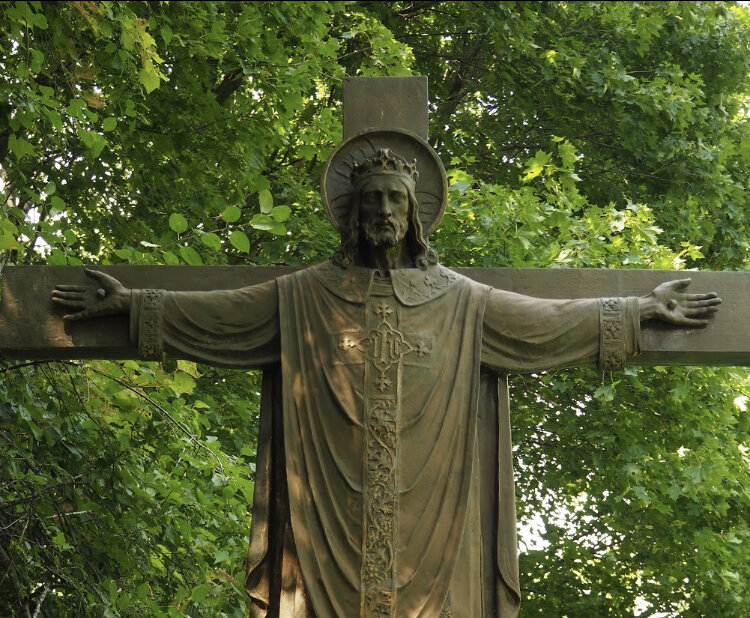
Visiting Nashotah House
By Anthony Parisi, The Episcopal Diocese of San Diego
Even as a visitor, the prayer routine quickly absorbs you. I’m typically not a very faithful attender of the weekday services here at St. Michael’s, so I appreciated being able to catch more of a vision for what this daily rhythm could feel like and how it can unite a community. There was an intense affection for Nashotah that you could feel from everyone. The historic roots and Benedictine spirituality are regarded as a rare treasure that keeps drawing in students.

Frances Perkins: Conversion to the World
By The Rev. Charles Hoffacker, ’82
In 2009, the Episcopal Church's General Convention established May 13 as a feast day commemorating Frances Perkins (1880-1965) as a Public Servant and Prophetic Witness. Long overlooked by professional historians, Frances Perkins is being discovered for the first time by many Americans, much to their delight.
In his Introduction to the latest edition of Perkins’ The Roosevelt I Knew, Adam Cohen declares, “If American history textbooks accurately reflected the past, Frances Perkins would be recognized as one of the nation’s greatest heroes—as iconic as Benjamin Franklin or Thomas Paine.” As Franklin Roosevelt’s Labor Secretary from 1933 to 1945, she was the first woman to serve in a presidential cabinet. Additionally, she was one of the longest serving and more influential cabinet secretaries in American history, rightly referred to as “the woman behind the New Deal.”
The Benedictine Influence
The Breck Conference 2021
By Luigi Gioia, Ph.D.
One of the most emblematic representatives of Western monasticism is Benedict of Nursia (480-547), not only because of the way his Rule (RB) overwhelmingly shaped spirituality in the West, but also because of how it integrated various strands of Eastern and Latin traditions. Benedict did not leave us a harmonious synthesis, as it is often thought, but a work that keeps the tensions between these different spiritualities alive.
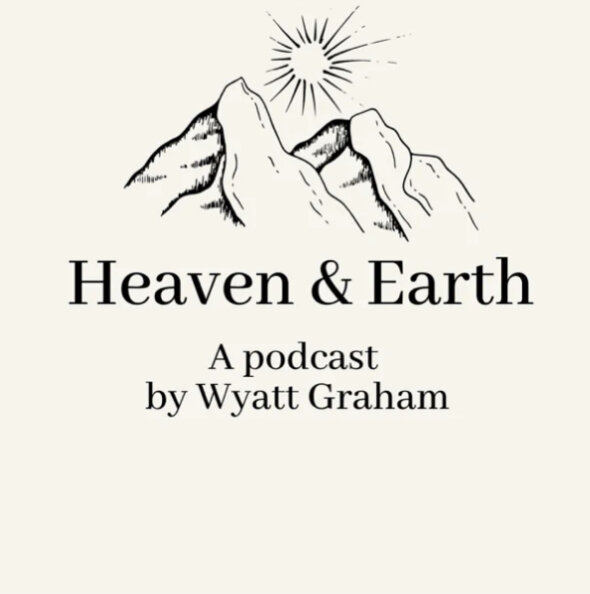
Hans Boersma on Sacramental Ontology & Scripture
In this podcast from Heaven and Earth, Wyatt Graham interviews Hans Boersma on sacramental ontology and Scripture. Graham and Dr. Boersma discuss how creation exists sacramentally in relationship with God and how Christians have and can approach Scripture. Wyatt Graham is the Executive Director of The Gospel Coalition Canada and Hans Boersma is the Saint Benedict Servants of Christ Professor in Ascetical Theology at Nashotah House Theological Seminary. Dr. Boersma will teach a course on the theme of Enchanted Worship: Sacramental Ontology & Christian Liturgy at Nashotah House from July 12–16. The registration deadline is May 25.

A Reflection on Edward Pusey’s Theory of Formularism
By The Rev. Tobias A. Karlowicz, Ph.D., ‘08
Edward Bouverie Pusey, for all his notoriety as a leader of the Oxford Movement, has been considered throughout much of the past century as a figure of little interest to contemporary theology. This reputation, however, deserves to be challenged, as there are in fact several aspects of his thought which are deeply compelling. One such is his theory of “formularism”—the decay of renewal movements through partisan emphasis on their own distinctives. This short article will sketch the origins of Pusey’s theory and its role in shaping his thought, before pointing towards its ongoing relevance in the life of the church.

The Beauty of the Monastic Tradition
By Alexis Torrance, D. Phil.
There is often a double temptation when Christians think about monasticism: either we are tempted to dismiss it out of hand as alien to the gospel of Christ or to idolize it as the only real path to salvation. Yet yielding to either of these temptations brings about the same result, namely placing a firm wedge between one group of Christians and another, if not severing the very members of Christ asunder. But, as Paul forcefully asks us: “Is Christ divided?” The diversity of gifts and functions in the Body of Christ is a cause of celebration, not consternation. It is also a call to learn from the other, to revere the other, and ultimately to love the other.

What is English Spirituality?
By The Rev. Matthew Dallman, ‘15
“The foundation of Christian life is the liturgy, seen as both Mass and Office, from which flows personal devotion based on the Bible.” So begins Martin Thornton’s description of a key characteristic of “English spirituality,” in his classic book of the same name. One’s spirituality — that is, total life responding to God’s creation — really is impacted in a particular way when liturgy is not an extra, added-on layer of devotion, but in fact a mode of living. That monastic life is an example of this may be obvious, yet English spirituality, whether it lives on British land, on American soil, or any of the continents around the planet, insists on the centrality of the same principle, because it is nothing less than the basis of the Book of Common Prayer.

Online Information Sessions at Nashotah House
This is the time to join us for a one hour online information session about Nashotah House. We will answer your questions about study and academics at the seminary, focusing on life at Nashotah, including discussion about worship, academics, formation, and community on campus. You won’t want to miss! Next session is May 25th—click on the image to find out more.

At Least the Shadow Might Fall on Them
By Gregory Seeley, Seminarian at Nashotah House
In the Gospel text from John, chapter 3, we hear that everyone who loves evil hates the light and dwells in darkness, and they fear to have their actions exposed. Yet also we hear in Acts 5, that as Peter walked the streets, there lay the sick and suffering so that his shadow might heal them. So the “darkness” caused by Peter’s shadow healed, but those who love God dwell in the light. How does this work? It deals with the nature of sin and the nature of healing from that sin.

Hebrew Words in the Holy Eucharist
By The Rev. Dr. Travis J. Bott, Assistant Professor of Old Testament and Hebrew at Nashotah House
Students sometimes ask me why they have to learn Hebrew in seminary since we have the Bible in Greek and Latin. My first answer is that the Holy Spirit chose to inspire the Old Testament Scriptures in the Hebrew language (with some Aramaic). Second, in God’s providence, we now live in a time when Christians know Hebrew and can pass on that knowledge. Though many Christians have read the Old Testament in Greek and Latin, they did not have access to its original languages. Third, knowledge of Hebrew can help us understand the New Testament, Christian theology, and our worship. For example, we regularly use Hebrew words in the service of Holy Eucharist. These words are amen, hosanna, and alleluia.

Rome Study Abroad: January 2022
By The Rev. Dr. Matthew S.C. Olver, Assistant Professor of Liturgics and Pastoral Theology; Director of St. Mary's Chapel
Two years ago, a group of 24 students and pilgrims participated in Nashotah House’s first study- abroad course in Italy. In January 2022, Nashotah House and The Living Church Institute will host the course “Christian Unity in Rome: Anglican Ecclesiology and Ecumenism.”
In January 2020, the course took place at the Anglican Centre in Rome, which houses the Archbishop of Canterbury’s permanent representative to the Holy See. Situated to overlap with the week of prayer for Christian Unity, the course drew residential and distant students not only from Nashotah House, but also from Virginia Theological Seminary (including their renowned New Testament Scholar, the Rev’d Dr. John Yieh, who led one of the course sessions), Asbury Seminary, and Yale Divinity School, plus pilgrims drawn from across the Anglican world, including a number of Nashotah alumni.

_Spiritual Letters_ by E.B. Pusey
A Review by the Rev. Ben Jeffries, ’14
Dr. Pusey is chiefly remembered for his academic contribution to the Oxford Movement, but during his long vocation as a priest, he counseled hundreds (perhaps thousands) of earnest souls who came to him looking for spiritual advice. Much of this counsel took place via letter, and many of these letters were preserved by H.P. Liddon in the compiling of materials for his famous four-volume biography of Pusey. The letters contained in this volume were compiled as an "appendix" of sorts to said biography, and what an appendix!

A Course in Rome: Christian Unity, Anglican Ecclesiology and Ecumenism
Hosted by Nashotah House Seminary and The Living Church Institute, registration for the course Christian Unity in Rome: Anglican Ecclesiology and Ecumenism is now open. The class is January 16-25, 2022, and travel days are January 14-15 and 27. Registration is open to students and non-students. Deadline is July 16, 2021.
With Rome as the backdrop, this course will take place at the Anglican Centre in Rome and the Centro Pro Unione, and will focus on the history and development of Anglican ecclesiology as an ecumenical enterprise. Participants will share in the daily Office and Mass, participate in events around Rome in observance of the Week of Prayer for Christian Unity, and much more. For more information and link to registration, please click the image above.
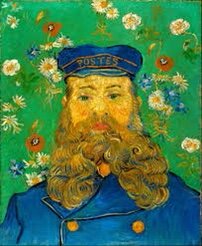
Gilead, Van Gogh, and Theology from Below
By Micah Hogan, Seminarian at Nashotah House
A recent post by Jennifer Hooten Wilson has accused Marilynne Robinson’s 2004 novel Gilead of misrepresenting the Christian hope. Wilson quotes theologian Keith Johnson saying, “For Robinson, grace has become nature. Our life with God is not determined by God’s specific act to relate to us in time but by our act of recognizing our experience of creaturely being.” For Wilson, this flaw is nowhere more apparent than in the ending of the novel, where the narrator and protagonist John Ames blesses his godson Jack without Jack’s repentance.
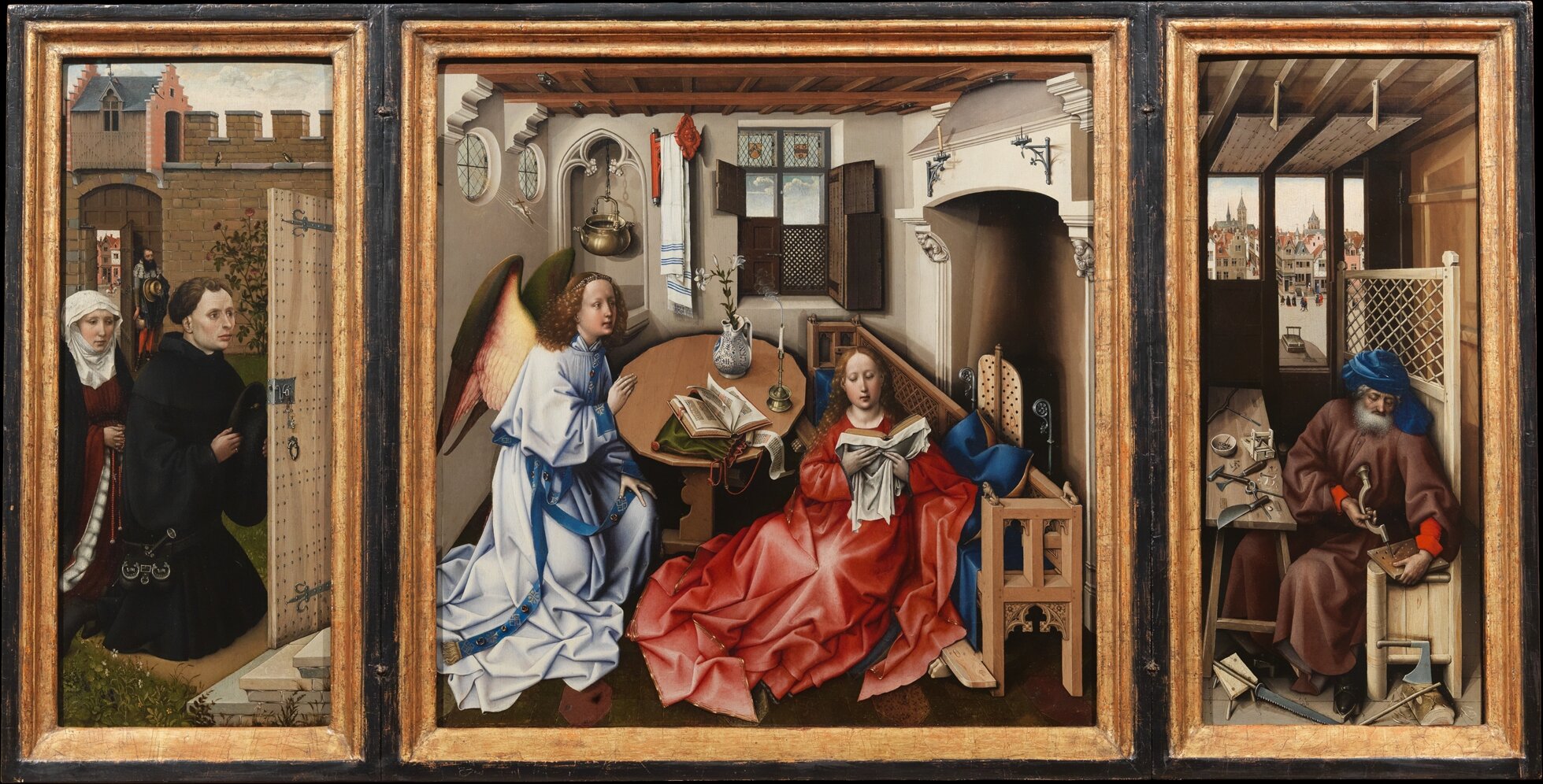
The Annunciation and Grace
By Dr. Jim Watkins, Director of Distributed Education at Nashotah House
As I pondered Gabriel’s words, my mind naturally wandered to the current practice of gender reveal parties. Gabriel’s announcement is, arguably, the most dramatic gender reveal party in history. From what I gather on social media (my kids were born before these were becoming really popular), there are three essential ingredients to any gender reveal. One: the element of surprise. Two: a gender must be revealed. Three: the revelation must be dramatic. On every point, the Annunciation is peerless. Let’s begin with the element of surprise. Mary and Joseph didn’t even know they were having a child. Second, a gender must be revealed. Well, Mary is told she is having a son, but she is told SO much more. This son is going to be the savior of the world. No pressure.

The Passability of God
By Christopher Warne, STM student at Nashotah House
Tradition has told us that God is impassable, but is this really true? Historical theologians remind us that impassibility has more to do with Greek philosophy than Scripture. Is it necessary for modern Christians to believe God to be impassable, or is there room for a passable God? How does a passable God cause us to newly understand intra-Trinitarian relations?
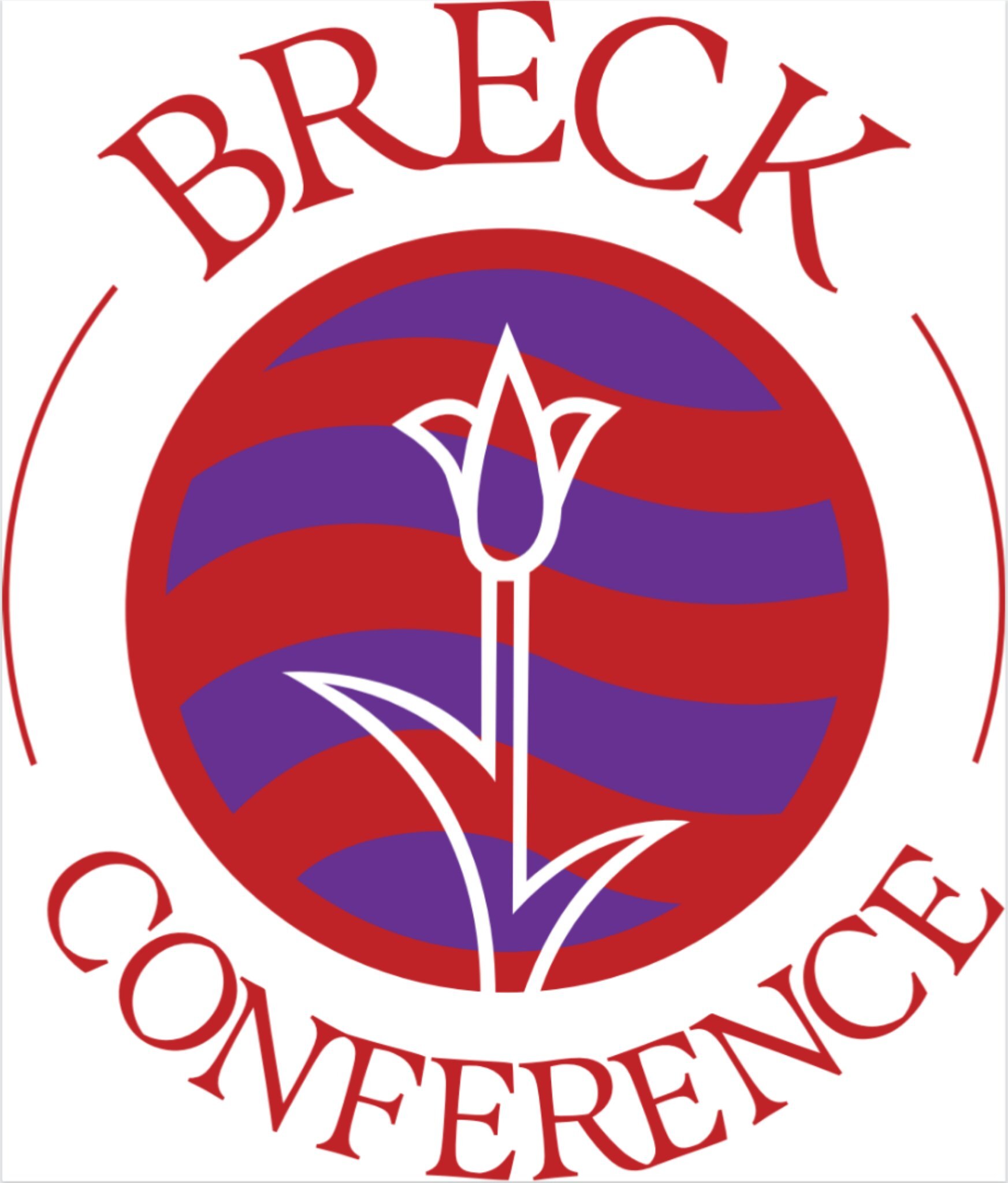
Recovering the Riches of our Tradition
The 2021 Breck Conference on Parish Asceticism seeks to explore and understand early Christian ascetical practices so that those who serve as parish priests and Christian ministers today can “reverence and retain” the wisdom of the Christian Tradition, introducing it into the quotidian life of their parishes and into their own lives. Anglican parish priest Luigi Gioia will present on the western tradition’s ascetical practices, and Eastern Orthodox priest-professor Alexis Torrance will do the same for the early Christian eastern tradition. Whatever resourcing needs to be done regarding the good deposit, the best place to start, as John Keble would be quick to note, is with the Catholic Christian Tradition. Come and join us!
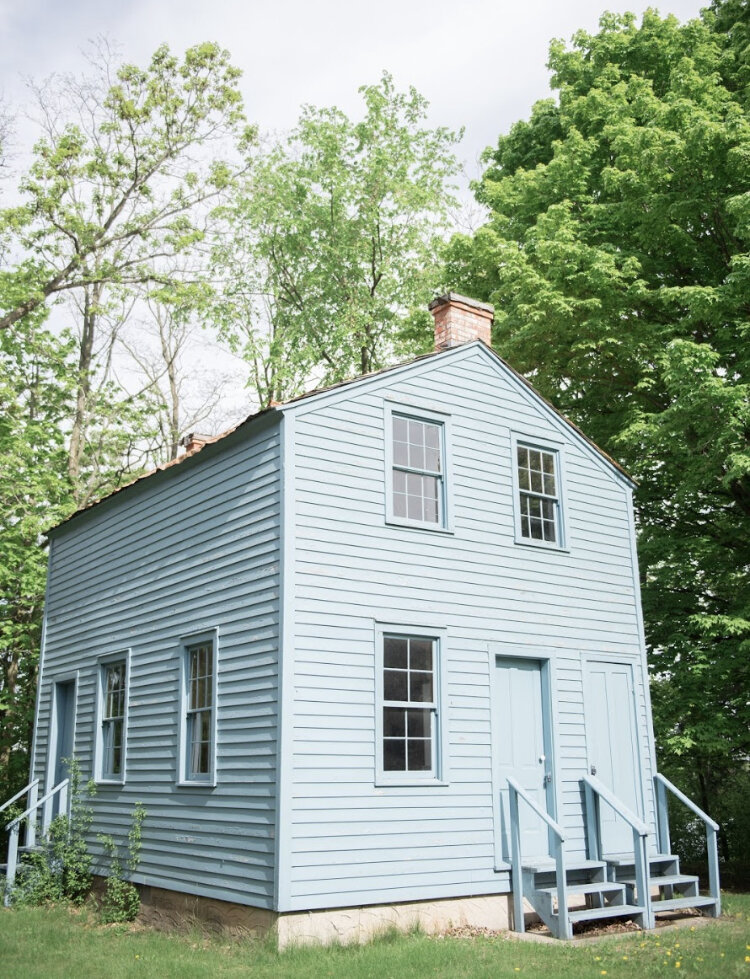
They are Just Old Things
By The Rev. Jason S. Terhune, ‘15, Director of Operations and Student Services at Nashotah House
At Nashotah House change comes slowly. We value those who have gone before us. We have trouble getting rid of things. Often, we must discover or learn why it is that something has been kept, whether it be a tradition or a box of papers.
In the case of the Blue House – so named for its historic blue exterior – it is clear why it matters. This fourteen- bytwenty-foot “tiny house” of 1842 has been held in the hearts of so many who recall those first missioners who followed God’s call to share the gospel in the frontier west.
This is where it all started. Work, study, prayer. The Mission began its life together in daily prayers. The work was necessary to survive. The study was for preparation. Prayer to fulfill all that God has called us to be. In this little house in the wilderness, the Mission began.
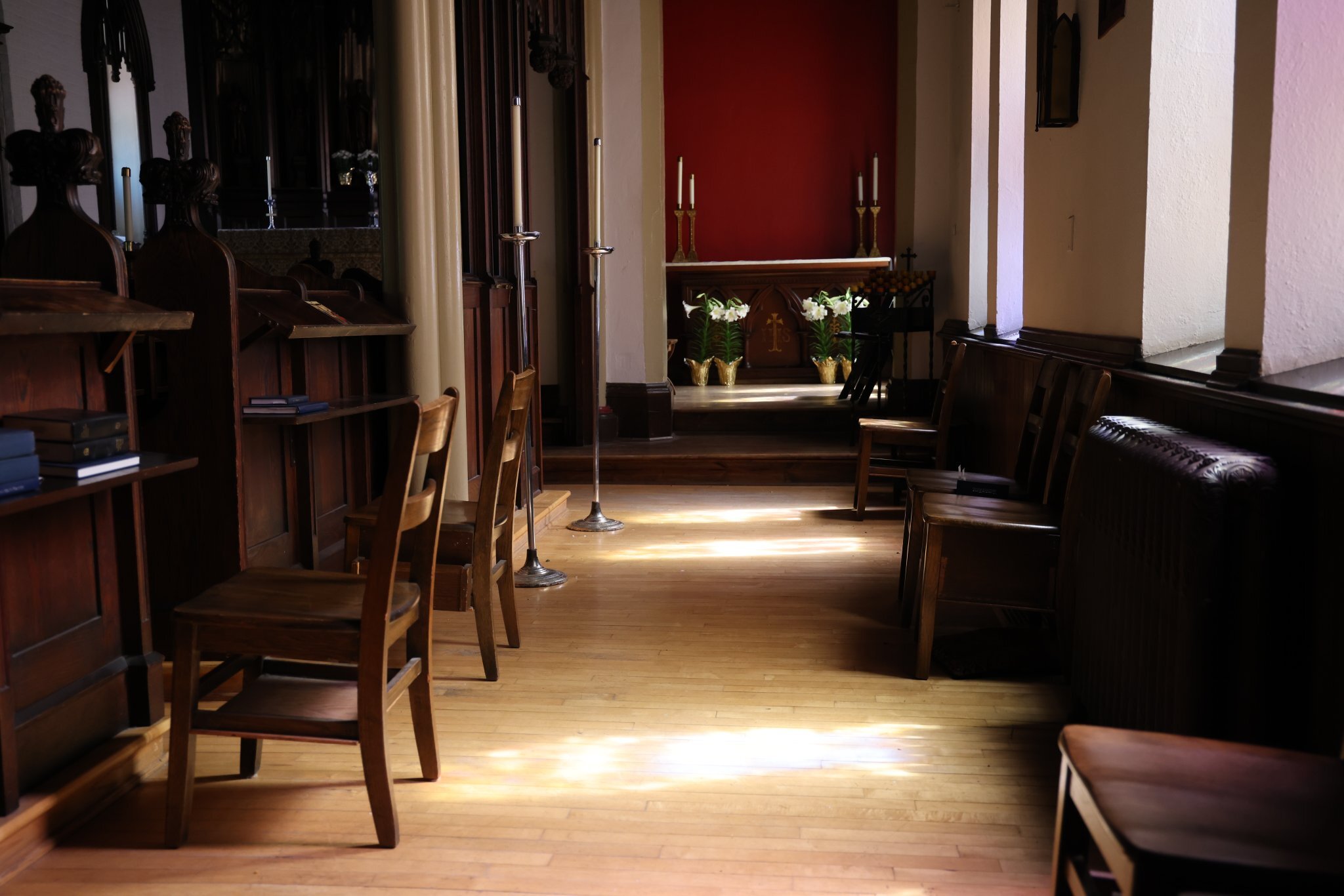
Current COVID Protocols
Dear Alumni and Friends,
In the hope of Eastertide, we reflect on the goodness of God, our Helper and Shield, who has protected Nashotah House through this pandemic.
Among the many blessings, we have, to date, had no confirmed cases among students or faculty of COVID-19 resulting from any seminary activities. The following post gives more details and information about current campus protocols.
